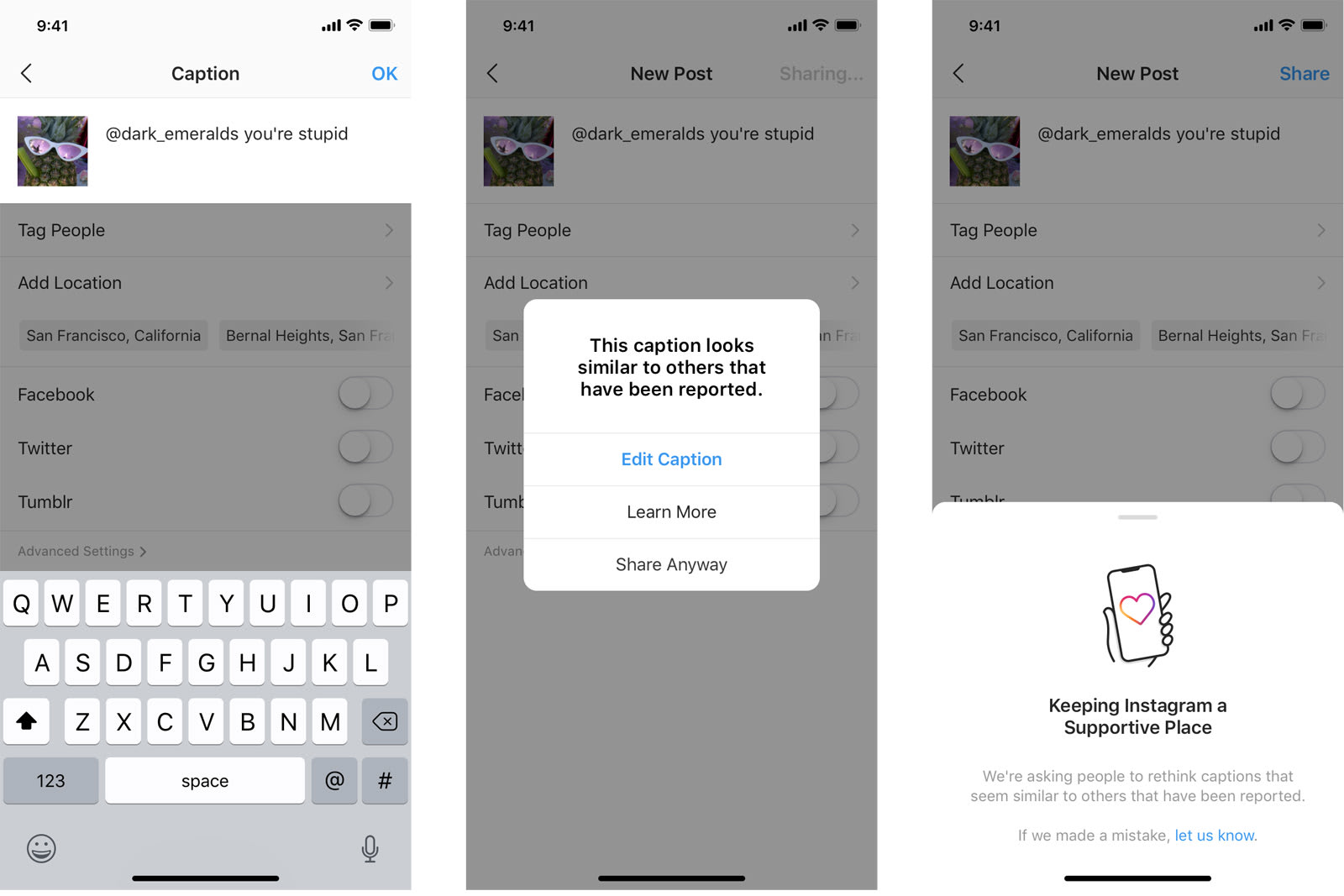Reading Time: 3 minutesEvery day our world becomes more and more technologically developed and equipped. Robots, gadgets, apps, some kinds of things, we could have never even imagined. Nowadays, the world has almost every «unreal» technological thing, we could only observe in movies earlier. It is common and usual now. Except one. Human Microchips.
«Human microchipping is a way of implanting an integrated circuit device or RFID transponder encased inside a silicate glass and implanted inside the human body.» Speaking easier, it is a small detail, with short-range radio frequency identification. It is located under your skin and gather all unique information about you: location, health state and medical history, payment history, etc.
First microchips were invented in 1998 by K. Warnick. However, their only task was to open the doors and switch on the light in the room. They were called out after a week, because they were limited in power and, obviously, scientist didn’t want to make troubles to his health.
So, let’s discuss whether humanity should provide every person with microchips or not. I will provide you with some advantages and disadvantages of microchipping and below, in comments, you’ll share your opinion. 
ADVANTAGES
1)All packed up here
You may use microchip instead of taking wallet every time you get out of home. You can pay for public transport, buy different stuff in stores, gain access to enter some buildings( for example if you work in a private company), to borrow books in libraries, etc. It is much easier than every day remind yourself not to forget to take money and cards. Moreover, you will never be afraid of your money being lost or stolen).
2)Identification of personality
There is no need to bring your ID when you go to take up your package from the post office, or to bring your passport when you travel abroad. Nobody will ask you again to show your ticket for the train, student ID card or , for example, VIP card. You are not going to prove your identity, because it is written on database of your microchip.
3) Security and safety
Now, you will be easily tracked by your family or friends. Most of all it is important and helpful when you get lost. It is a very common situation, especially for small kids. Well, the percentage of kidnapping will be significantly lower.

DISADVANTAGES
1)Viruses
In 2009, the computer virus affected the microchip, implanted into Mark Gasson’s hand. The following question is — how often will this problem appear and how to solve it without removal?
2)Health problems
There are some medical risks of having an implant under your skin. It can easily move to a different location. Later on, it is harder to find them. There are also some risks of electrical hazards, adverse tissue reactions and even cancer. Researches from 2007 helped to find out that microchips cause cancer in between one and ten percent of lab animals, who have microchips.
3) Threat of prosecution and leak of personal information
Technologies are developing and hackers do not stay on the one place, too. Some people with bad intensions may hack your microchip and use your personal information against you, prosecute you and even steal your money( that proves, that «wallet» under your skin can be stolen too))
Nowadays, chips are widely used. Especially it concerns to animal tracking, tracking of packages, products and inventory. Talking about humans, it is still a big question whether it is a good idea to implement microchipping into our every day life.
What do you think about it? Do you consider microchipping as a beneficial move or a dangerous one?
References:
http://www.hi-wave.com/2019/07/should-people-get-identity-chips-implanted-under-their-skin/
http://www.justscience.in/articles/humans-get-identity-chips-implanted-skin/2018/01/16
https://richardvanhooijdonk.com/blog/en/human-microchipping-the-benefits-and-downsides/
http://edition.cnn.com/TECH/computing/9901/14/chipman.idg/
https://en.wikipedia.org/wiki/Microchip_implant_(human)

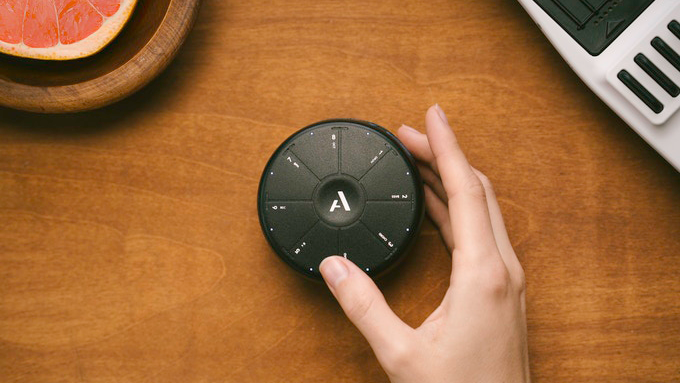
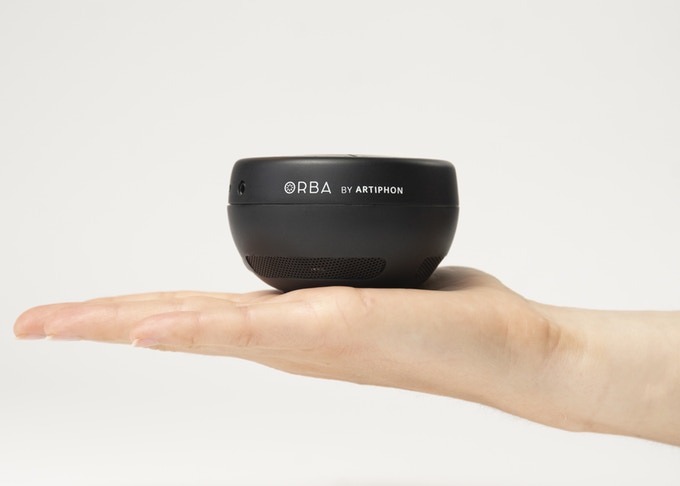
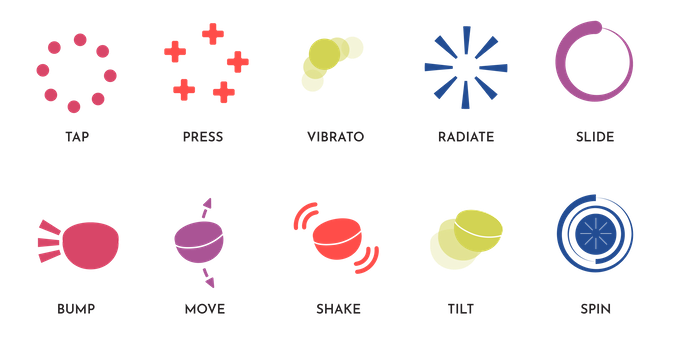
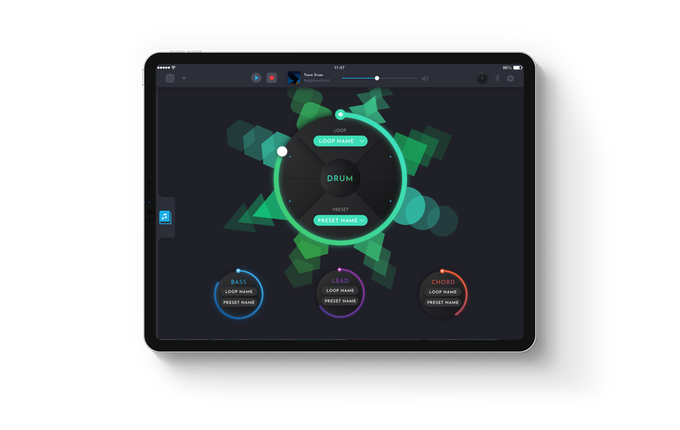
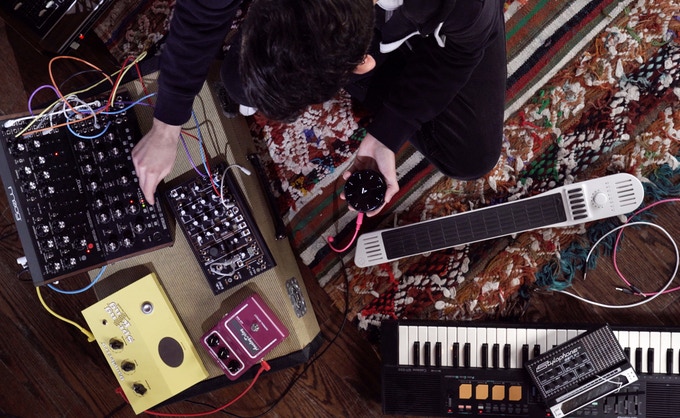





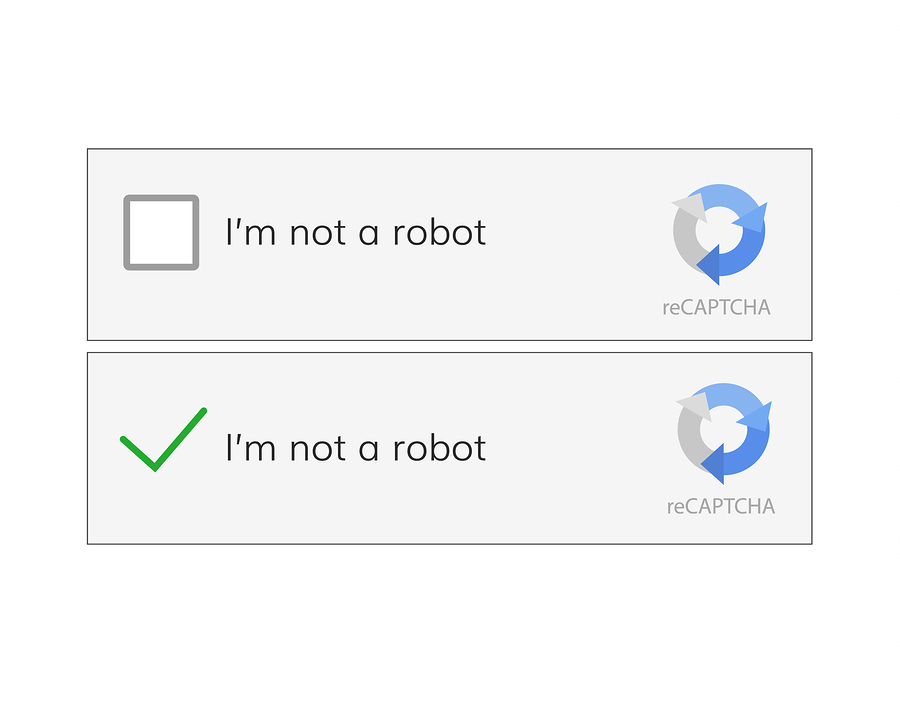
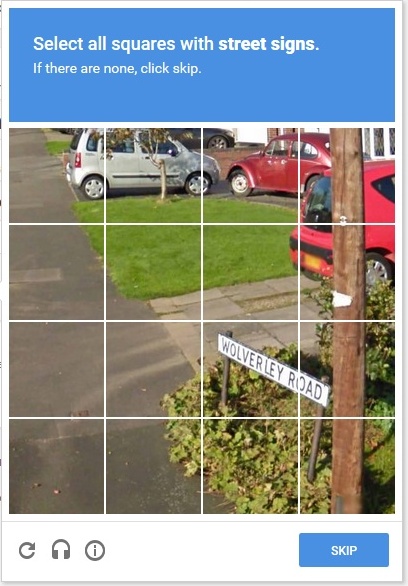
 Mini officially presented its electric MINI Cooper SE in Poland. The British-German 3-door hatchback consumes approximately 15 kWh/100 km on average and according to the manufacturer can travel over 230 kilometers on a single charge in “mixed mode”.
Mini officially presented its electric MINI Cooper SE in Poland. The British-German 3-door hatchback consumes approximately 15 kWh/100 km on average and according to the manufacturer can travel over 230 kilometers on a single charge in “mixed mode”.
 Polish representative office valued them at 193,200 PLN but they are still working on matching the price to new regulations related to payments for the purchase of electric cars. It takes 15 hours to fully charge the vehicle. The car is sold with a standard AC charging cable, while the quick charging cable is an additional paid option. What is more, on the official MINI website there is a bookmark in which you can check how often you need to charge your car during the week.
Polish representative office valued them at 193,200 PLN but they are still working on matching the price to new regulations related to payments for the purchase of electric cars. It takes 15 hours to fully charge the vehicle. The car is sold with a standard AC charging cable, while the quick charging cable is an additional paid option. What is more, on the official MINI website there is a bookmark in which you can check how often you need to charge your car during the week.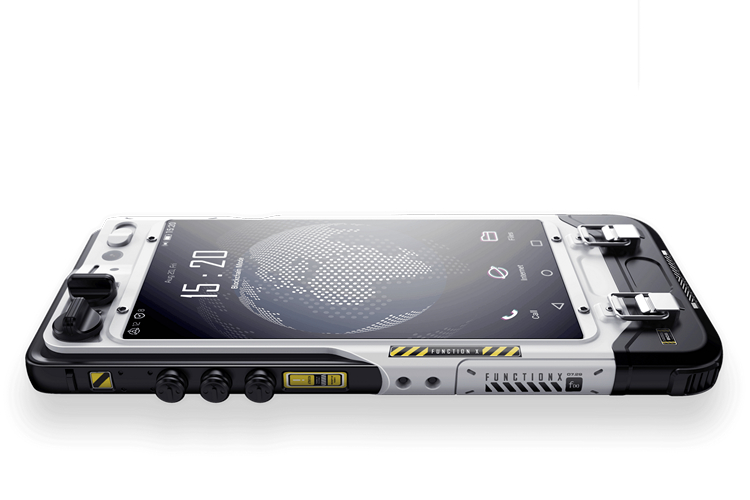
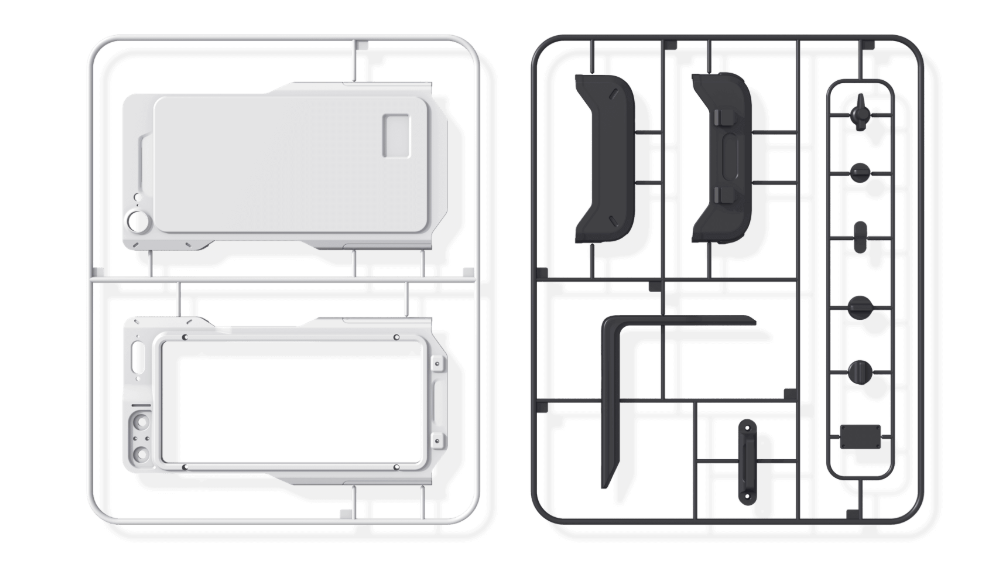
 , is warning you when you are about to post a “potentially offensive” caption for a photo or video.
, is warning you when you are about to post a “potentially offensive” caption for a photo or video.